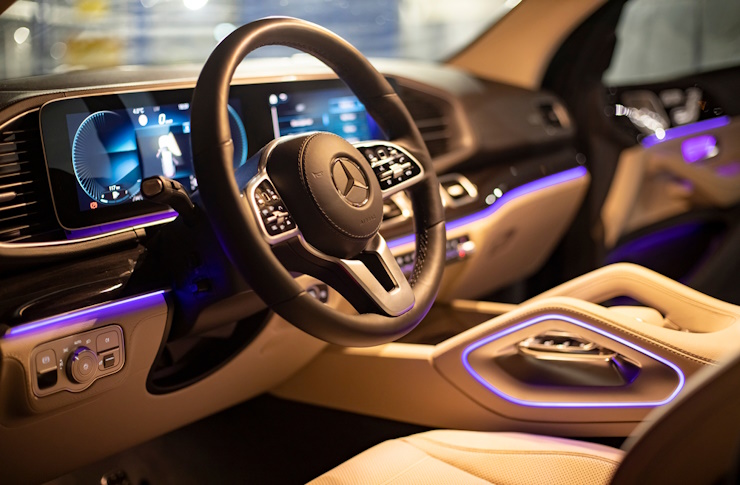Torque Vectoring: The Invisible Art of Cornering
The dance between power and control is an age-old challenge in the automotive world. One technology that has significantly changed the way cars corner is torque vectoring. A technological marvel that's been quietly reshaping the driving experience, torque vectoring is the secret sauce behind smooth, precise cornering.

Understanding Torque Vectoring
To appreciate the genius of torque vectoring, one must first understand torque. Torque, in the simplest terms, is the turning force that makes the wheels spin. Vectoring, meanwhile, refers to the direction of that force. Torque vectoring, therefore, is the process of controlling the distribution of torque to individual wheels.
The concept isn’t new; it’s been around since the 1950s. However, it was only in the 2000s that it became a staple in car tech, courtesy of advancements in electronics. The real game-changer was the ability to control torque distribution electronically, allowing for real-time adjustments based on driving conditions.
The Mechanics of Torque Vectoring
Torque vectoring systems work in tandem with the car’s traction control system. They monitor various parameters such as steering angle, throttle position, and wheel speed. When the car is turning, the system applies more torque to the outer wheel and less to the inner one. This imbalance creates a yaw effect, helping the car turn more effectively.
The implementation of this technology varies across manufacturers. Some use mechanical differentials, others use electronic clutches, and some use a mix of both. Regardless of the method, the goal remains the same - to improve cornering precision and stability.
The Impact of Torque Vectoring on Driving Dynamics
The real-world effects of torque vectoring are profound. It improves handling, increases grip, and enhances stability, especially during high-speed cornering. It also reduces the need for steering corrections, making for a smooth, effortless drive.
However, it’s not without its challenges. The complexity of these systems can make them expensive to install and maintain. They also add to the vehicle’s weight, which can impact fuel efficiency.
The Future of Torque Vectoring
Looking ahead, the future of torque vectoring is promising. As the technology becomes more prevalent, it’s likely to become more affordable and efficient. We can also expect to see more advanced systems capable of adjusting torque distribution not just when cornering, but also during acceleration and braking.
Torque vectoring may not be as flashy as some other automotive technologies, but it’s an underappreciated gem that’s quietly revolutionizing the driving experience. It’s a testament to the power of smart engineering and a reminder that sometimes, the most impactful innovations are those we don’t see.
In conclusion, torque vectoring is a technology that has significantly improved cornering in cars, providing a smooth and controlled driving experience. Its future holds promise as advancements continue to improve its efficiency and affordability. Nonetheless, it’s a technology that deserves more recognition for its role in enhancing driving dynamics.




